Features of pruning quince in autumn and spring
One of the important points of tree care in the garden is to adjust the length of the branches and the shape of the crown. Quince pruning is an annual event, but the chosen crown shape is created only for a young seedling. This process must be treated responsibly so that the procedure promotes the correct development of the tree and good fruiting.
Why are fruit trees pruned?
Fruit trees, including quince, give a rich harvest if several branches are removed.
- Pruning slows down the growth of the tree.
- Stimulates the growth of generative branches.
- Increases the number of fruits.
- Prolongs plant life.
- Sanitary pruning helps to eliminate possible spread of diseases and pests.
Quince is a light-loving culture, demanding care, and it is necessary to strive to cleanse the inner space of its crown from unnecessary branches.
Features of the growth of quince
In the first years from the beginning of growth, quince produces a large number of shoots more than a meter long. But when the tree enters the fruiting period, its growth slows down. Depending on the variety, the main place for laying the ovaries changes.
- Young trees and low-growing varieties bear elongated annual growths.
- Other quince trees produce fruits on perennial generative branches - shoots that overgrow large branches. They bear fruit within 5-10 years.
Skeletal branches should be evenly spaced along the trunk, and sunlight should freely penetrate the entire crown.
Advice
It is necessary to cut off the branches until the bud, which is facing outward from the crown.
In the south, quince seedlings are often formed in a bush - in four or six to seven trunks that come from the root. On each of them, the direction of the side branches is controlled so that they do not interfere with each other.
When is the best time to prune trees?
Quince recovers quickly. In the spring, dormant buds on the roots and on old wood awaken. These shoots will fully renew the crown in a few years.
- Spring is the best time for pruning quince. The most suitable period is from late March to early April. You cannot cut it later: sap flow begins, and the liquid will not allow the cuts to heal quickly - the tree may weaken. In addition, an easy path opens up for the penetration of pests and pathogens.
- In autumn, when the tree sheds its leaves, sanitary pruning is required. Quince is freed from damaged or dried branches, in which pests can overwinter. All branches are carefully examined to remove diseased ones. The cuts are already made on healthy wood.
- In winter, quince branches become very fragile, wounds heal poorly. Therefore, pruning is contraindicated.
The cuts are cleaned of irregularities, a layer of garden varnish is applied to them or carefully painted over. There is also an opinion that wounds should heal on their own, without treatment.
Advice
At the end of summer, vigorous shoots are determined and their tops are pinched.
Stages of crown formation
A tall quince bears fruit generously if its crown is cupped, built of 4-5 lower branches, and the central conductor is cut off. For low-growing varieties, a sparse-tiered crown of 8-10 branches is preferable.
How to prune a young quince?
The quince crown is created from the first year of planting. In annual seedlings that grow in one stem, the top is cut off, leaving 7 or 8 buds. The stem should be 50-60 cm high.
Next spring, it is necessary to carefully study the proposed schemes for the formation of the quince crown in order to make pruning accurately.
- Determine at what angle the branches depart from the trunk.
- Leave branches with a slope angle of more than 45 °.
- There should be a distance of 10-15 cm between 3-4 branches of the bottom row.
- A distance of 30 cm is observed between the branches of the lower row and the upper ones.
- Future skeletal branches are cut to a length of 60 cm, leaving behind a bud that grows outward. Usually the tip that is removed is equal to one third or half of the growth.
- If there are branches on the skeletal branches, they are thinned out so that they are no closer than 30 cm.
- On weak branches, as well as on those that compete with the conductors, 2-3 buds are left.
- The stem is shortened by 20 cm.
- Remove basal shoots and all those that appear on the trunk.
Advice
Prepare clean and sharp instruments so that the cut points are even.
In the third and fourth years, a young tree with 7-8 skeletal branches grows stronger - only those shoots that thicken the crown are cut off. The center conductor can then be re-branched to provide better lighting for the crown.
Pruning fruiting trees
With the onset of fruiting, the quince is thinned out and unnecessary shoots are removed. Large branches are not sawed, they only work with increments.
- It is advisable to shorten long branches that have grown more than 50 cm by one third each year. This stimulates fruiting along their entire length, and not just at the top: dormant buds wake up at the bottom.
- On overgrown branches, shoots are corrected in a special way. On some shoots, the top is cut off to 3-4 buds, while others do not touch at all. Whole shoots bear fruit, the shortened ones form new generative buds. This ensures that the fruit is collected regularly.
- The tops are cut off necessarily, but you need to approach them selectively. An escape that grows in a good location can be left. By pruning, it is turned into a generative branch.
- Those quince trees that have not been cut for a long time are first thinned out, and then their longest branches are shortened.
Ways to rejuvenate a tree
Periodic intensive pruning continues fruiting for up to 50 years. Fruit buds are evenly distributed throughout the tree.
- Cut off all branches where there are gains over the previous 3 years.
- Shoots that were formed in the period from 4 to 7 years are removed.
- With strong pruning, 10-12-year-old branches are shortened.
- The quince tree is completely rejuvenated when more than half are removed - up to two-thirds of all branches.
Thanks to the many dormant buds, the quince tolerates pruning normally and, over time, fully restores the volume of the crop.
Advice
If a tree is heavily pruned, it needs feeding.
Pruning Japanese quince
Common quince and Japanese quince belong to the Pink family, but to different genera. Japanese quince belong to the genome Chaenomeles. It is very popular for its charming flowers with bright red petals. Its fruits are much smaller, but contain a lot of vitamin C. Small bushes with sharp thorns consist of 10-15 arcuate branches of different ages.
- More ovaries give branches up to 4 years, the rest are cut off.
- In the spring, branches are removed that have suffered from frost.
- The thickening growth is regularly removed.
- Cut off vertical branches and those that lie on the ground.
Both types of quince are flowering plants that produce useful fruits. They demand attention and respond well to proper care.
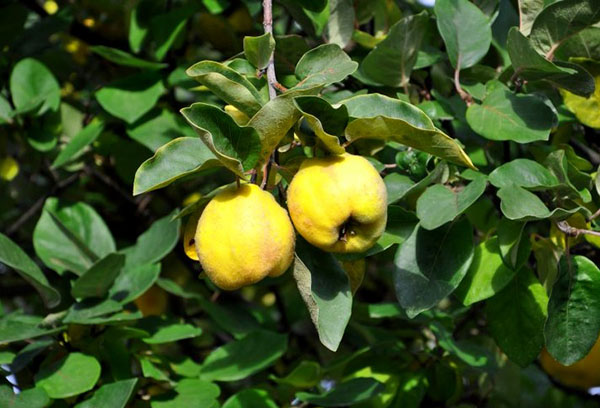
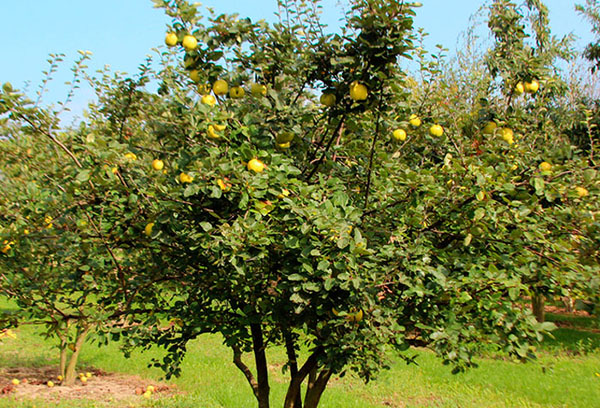
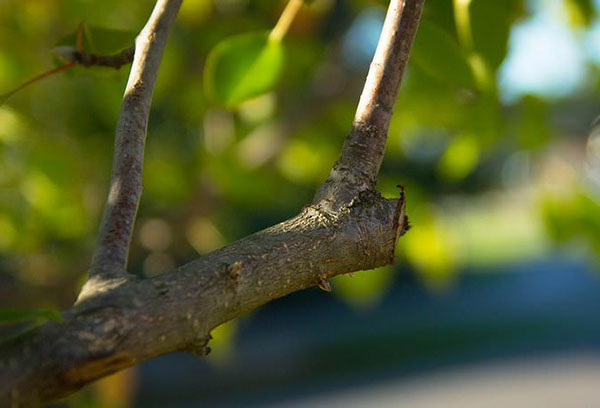

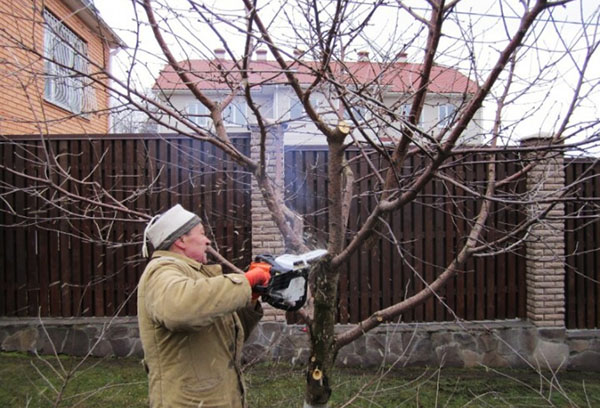
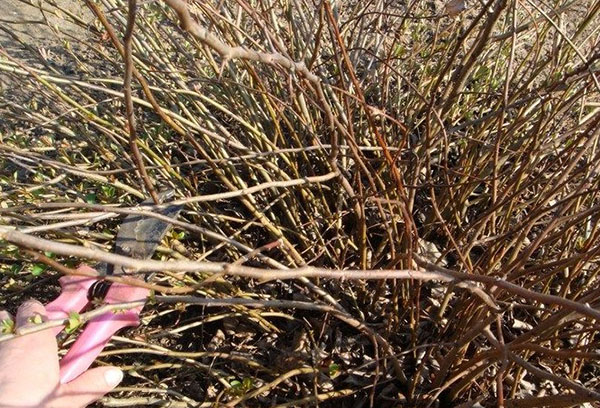
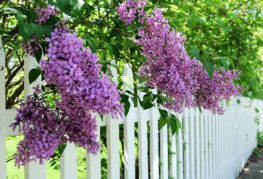
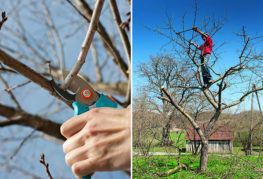
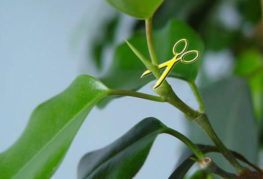

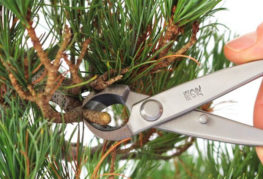
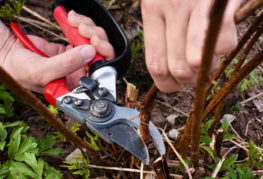
and will be published shortly.